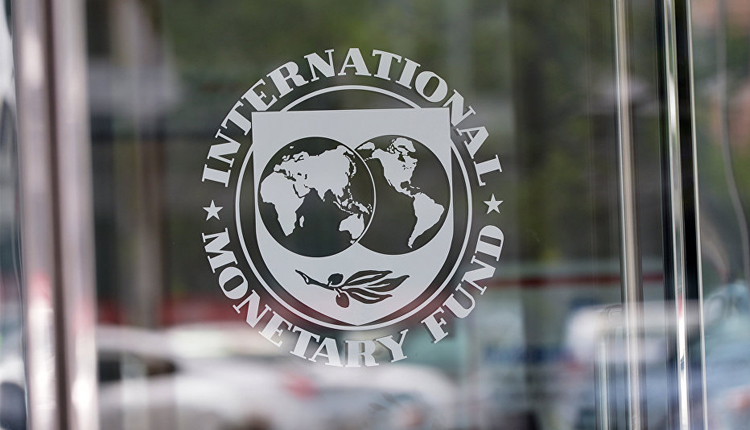International Monetary Fund (IMF) expects the Tunisian economic growth would reach 2.4 percent this year, helped by a good agricultural season and a pickup in manufacturing and tourism.
The unemployment rate in Tunisia remains high at 15 percent, especially affecting the youth, women, and the population of the interior regions, IMF said in latest report.
On March 23, the IMF Executive Board concluded the Article IV Consultation with Tunisia.
Economic growth almost doubled to 1.9 percent in 2017, as confidence strengthened on the back of improved security and the unity government’s early progress with policy and reform implementation. Investment and exports remained sluggish, however.
Inflation accelerated to an annualised 7.1 percent in February 2018, driven by dinar depreciation (10 percent real depreciation in 2017), wage hikes in the public and the private sector, and increases in administrative prices. In response, the authorities widened the interest rate corridor to 200 basis points in January and increased the policy interest rate by 75 basis points to 5.75 percent in March.
The current account deficit deteriorated to a record 10.1 percent of GDP at the end of 2017. Exports remained sluggish, while imports increased due to high domestic energy needs, strong consumption demand underpinned by rapid credit growth and the impact of the dinar depreciation on import prices.
Trade data for early 2018 show an improvement in export performance, while import growth is slowing. This favorable trend is expected to continue throughout the remainder of the year, supported by a more favorable real exchange rate. International reserves declined to 2.5 months of imports in March 2018, including due to higher-than-programmed central bank foreign exchange sales and delayed external financing.
Public and external debt further increased, reaching 71 percent of GDP and 80 percent of GDP at the end of 2017, respectively. These trends reflect the combined impact of high fiscal and current account deficits, the dinar depreciation, and lower-than-envisaged growth.
Public and external debt is projected to reverse their upward trend starting in 2020, helped by a three-percent-of-GDP reduction in the fiscal deficit over 2018-20 and a sustained recovery of growth. This outlook relies on the strong implementation of the authorities’ fiscal plans that seek to spread the adjustment burden equitably across society.
Their plans include new tax measures worth 2.2 percent of GDP in 2018, quarterly adjustments of fuel prices to contain the growth of energy subsidies, civil service reform based on voluntary separations and strict hiring limits, and pension reform. In parallel, the authorities are developing a better targeted social safety net to protect the most vulnerable from the impact of fiscal adjustment.
The banking sector remains stable but suffers from structurally low liquidity as savings remain weak. The recent inspections of the seven largest private banks showed no major vulnerabilities. The banking sector’s foreign currency exposure remains low, credit risk is mitigated by the recovery in growth, and interest margins remain comfortable.
Medium-term prospects for Tunisia’s economy remain favorable, with growth projected to reach 4 percent by 2022. This outlook hinges on sustained reforms aimed at improving governance and the business climate, broadening access to finance, and modernizing fiscal institutions to improve service delivery while making them more efficient.
Recent progress with the establishment of the High Anti-Corruption Authority, the creation of the one-stop shop for investors, the performance contracts for public banks and state-owned enterprises, and the laws to facilitate banks’ NPL reduction is supporting this agenda.
Tunisia’s economic growth to reach 2.4% this year – IMF
32
